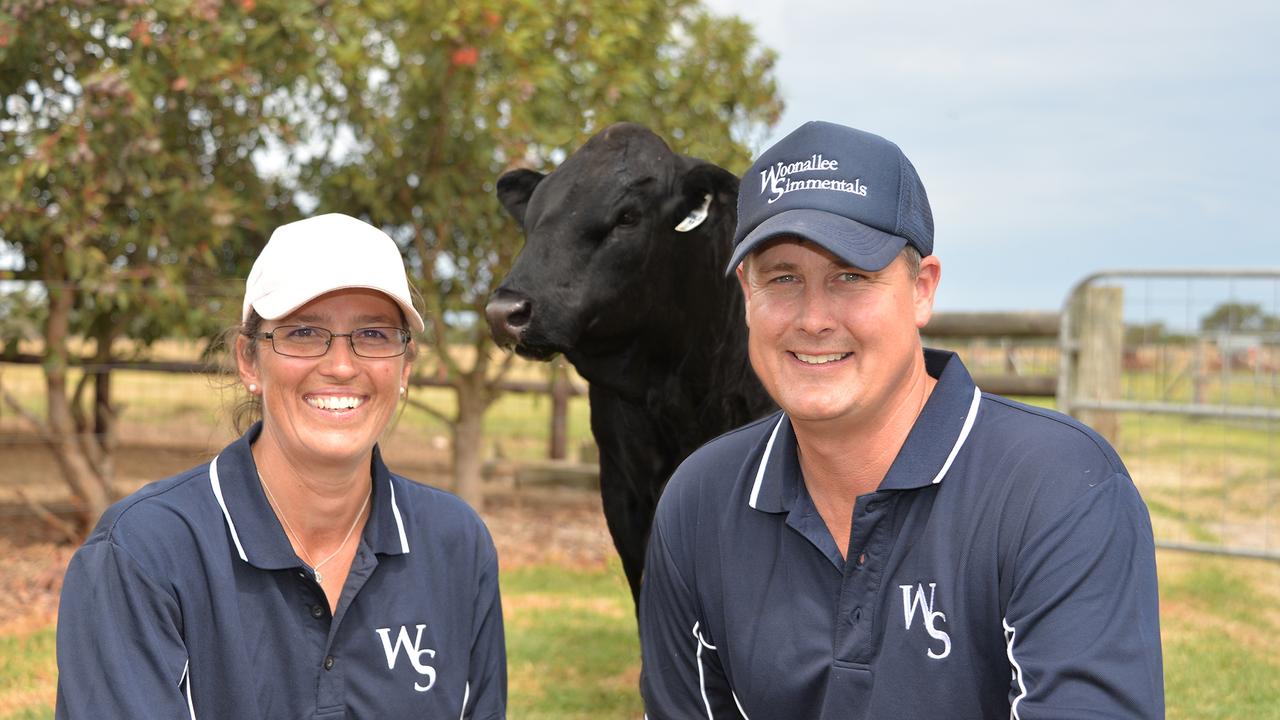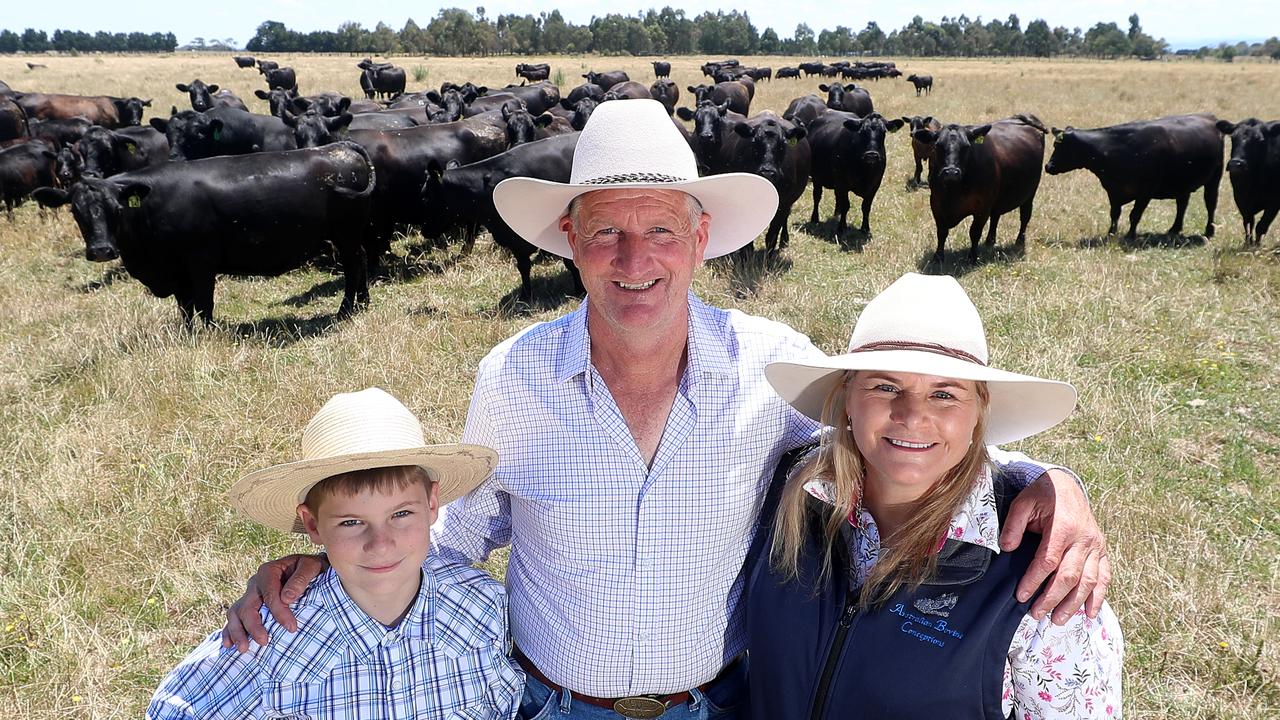DNA testing is giving commercial producers insight into their breeder’s genetic potential
DNA testing of heifers is becoming increasingly popular, while looking forward, steers marketed to feedlots may also need a test ahead of sale. See why.

DNA testing of commercial females is becoming increasingly popular in the Angus breed with around 148 commercial herds now using the predictive tool.
Angus Australia extension manager Jake Phillips said the Angus Heifer Select DNA test product, marketed by Zoetis Animal Genetics and Neogen Australasia, was a genomic selection test designed to help inform selection of replacement females in the commercial setting.
It was developed through a collaboration between Angus Australia, CSIRO, Neogen and Zoetis.
The Angus Heifer Select tool was designed to be used on cows or heifers that were 87.5 per cent Angus (or greater) and the test gave genetic predictions for 14 traits, covering maternal, fertility, growth, feed intake, carcass and resilience characteristics.
It gave producers information on the genetic prediction value, via a start rating, on aspects such as cow and calf attributes, feedlot carcass and total breeding value.
It also delivered a genomic breed composition prediction, and could assign sires from sires registered with Angus Australia with genomic profiles.
Jake said the DNA results gave producers a score for each female tested, which ranged from 0-100 for a series of traits.
“We have seen a huge uptake in the product, we are approaching 20,000 tests, per year, with more than 57,000 heifers tested to date,” he said.
While producers knew about the genetic attributes of the bulls they were using, they often had less information on their commercial females.
Replacement females were often selected on weight – and generally the older heifers were heavier, he said.
This meant younger heifers with genetics that may be superior to the older heifers were often selected against and the potential of their genetics were lost from the herd.
Instead, the DNA test predicted the genetic merit of the females, regardless of age at the time of selecting replacements.
“So it can help producers make better decisions,” he said.
The tool has been available for five years and was now being used in about 148 herds around Australia.
Angus Australia would also be releasing a Steer Select product in October that was looking at providing more genetic information on the best steers to suit grain-fed operations, and those that were most likely to produce marbling, to reduce the variability that could be seen within a mob.
This information could be used by a breeders to list when marketing their cattle, he said, and feedlot buyers could use it as “another drafting tool”.
The DNA tests involved a once-in-a-lifetime small tissue sample, taken from a core in the ear. The turn around time on tests was about six weeks, Jake said, and the results were “extremely simple to understand”, using a five-star system.
While the genetic predictions did not hold the same level of accuracy as Estimated Breeding Values, it gave producers significantly more information to work with than a “guess” of visual assessment alone. The cost was around $43/test/animal.
Other companies also offer genomic testing, including Thomas Elder Consulting, which can conduct tests on a range of beef breeds, including Simmental, Limousin and Shorthorn.





